We were disappointed not to see polar bears during the couple of days we explored Svalbard. Our next stop was Greenland, and I didn’t expect to see much fauna there. Wildlife is heavily hunted, so animals run away from the sound of engines.
But a sharp-eyed guide spotted motion amidst the sea ice as we approached the northeast coast of Greenland, and it turned out to be a lone polar bear. For about fifteen minutes his curiosity won out over his fear. He swam from one ice floe to another close to the bow of the Polar Pioneer, peering and sniffing and cocking his ears at us as we trained our lenses on him.
In the afternoon we had a more fleeting encounter with a polar bear family. The mother was obviously frightened by our appearance and kept her two cubs moving quickly away from us, so we did not try to prolong the visit.
These were our only encounters with polar bears during our 13 days afloat.
- In the pack ice off the northeast coast of Greenland, we watched a polar bear swim between ice floes.
- He seemed shy as he swam to a nearby ice floe and contemplated climbing out.
- Then we realized he was really nervous, as his open mouth and projecting lower lip indicate.
- Maybe curiosity overcame fear.
- He seemed as interested in us as we were in him.
- He eventually relaxed enough to do a wonderful “polar bear shake.”
- His next trick was to break off a piece of the ice floe.
- He totally meant to do that. Really!
- He had absolutely nothing to feel sheepish about.
- Just to prove it, he eased himself back into the water…
- …and did a little surfing!
- He swam to another ice floe and climbed out.
- …where he struck and iconic pose or two..
- …and then went on his way again.
- He swam quite a distance, passing a number of smaller ice floes, and putting a good span of water and ice between him and our ship.
- He climbed out onto a larger ice floe.
- He spent a few minutes exploring and sniffing.
- Then he again plunged into the water and swam off into the pack ice.
- During a Zodiac tour in the afternoon, we caught a glimpse of movement on a distant ice floe — another polar bear!
- A mother!
- Traveling with TWO cubs!
- Traveling was the operative word: she kept those cubs moving away from us, running across ice floes and swimming between them.
- Mindful of her distress, we did not pursue them.
- We admired them from a distance until they vanished behind a ridge of ice.


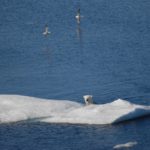
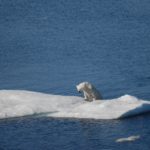
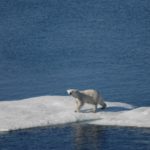

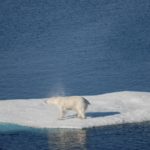
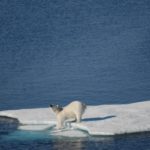

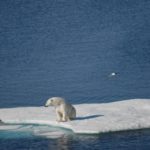
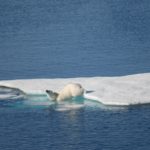
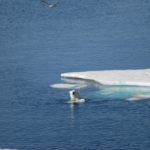
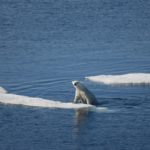
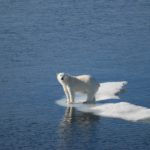

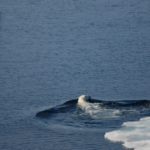
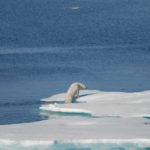
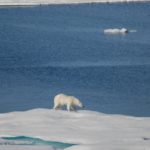

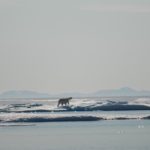
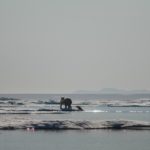


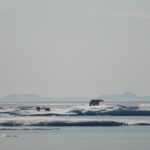
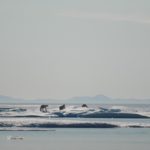
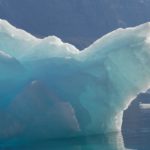
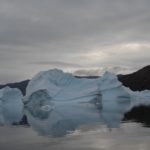
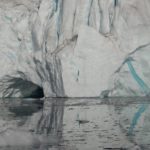
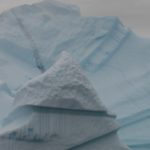
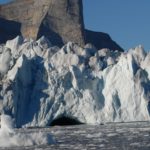

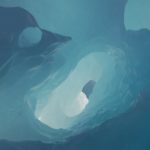


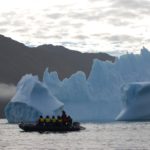
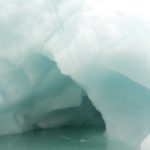

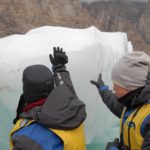

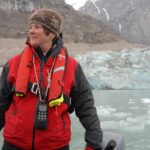
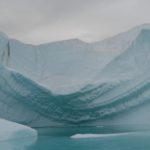
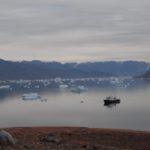
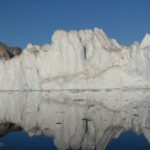
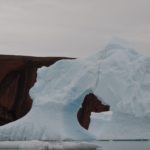

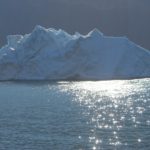
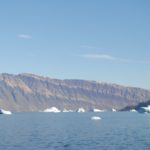

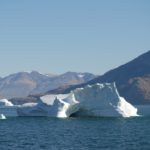

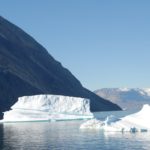
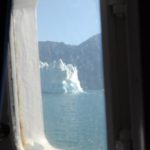
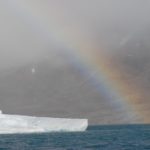

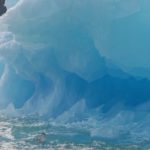
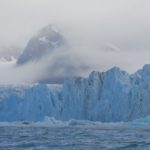

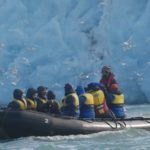
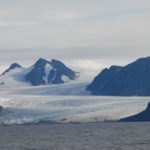
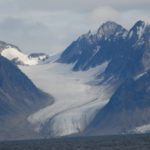
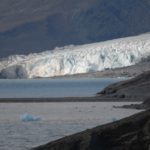
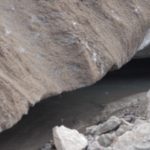

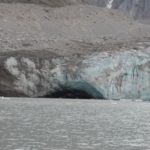

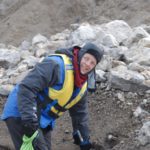

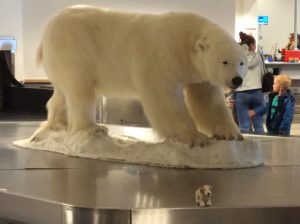
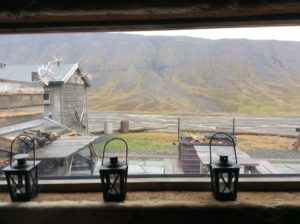
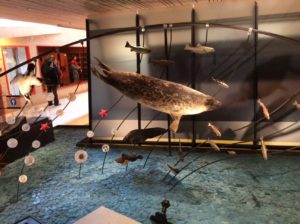
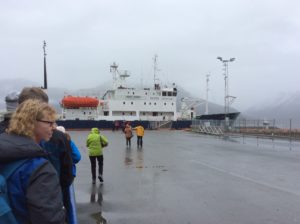
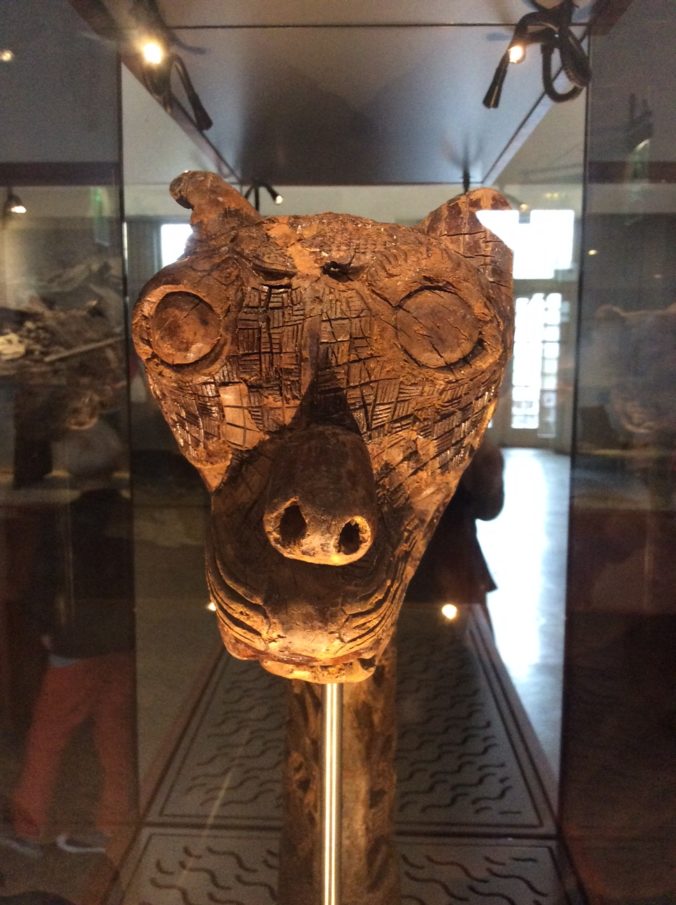
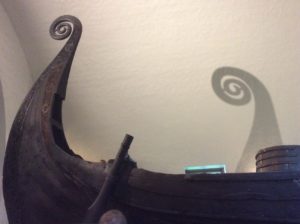

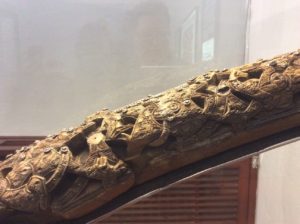



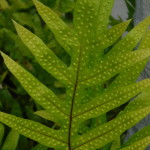
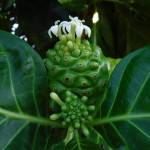

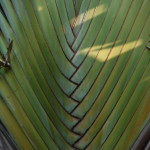
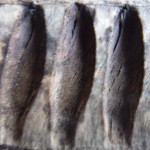
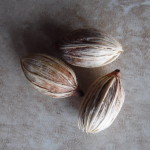
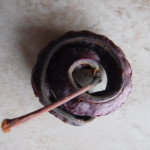
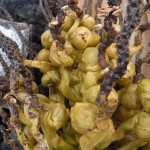
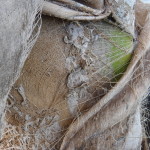
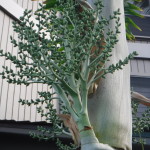
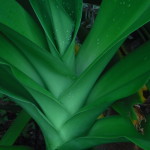
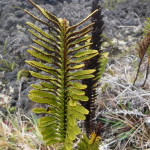

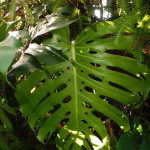



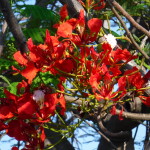
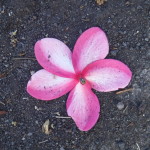


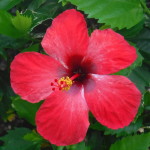
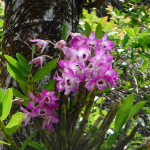
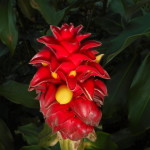




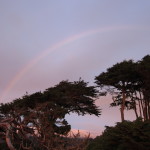
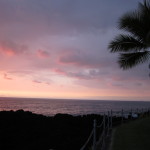
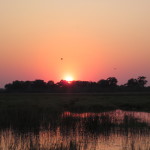

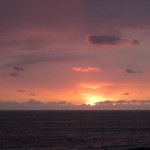
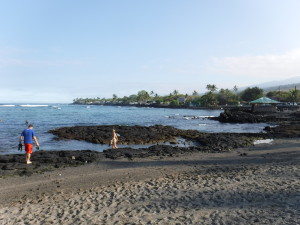
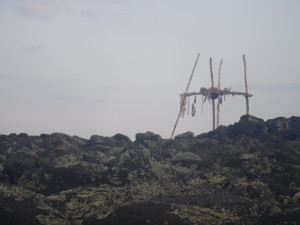
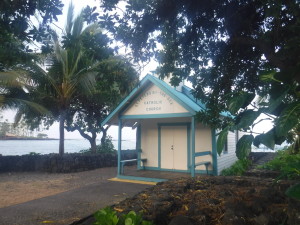
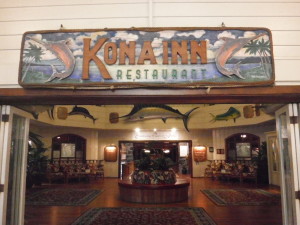
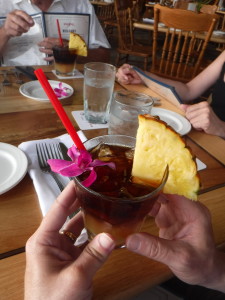

Recent Comments